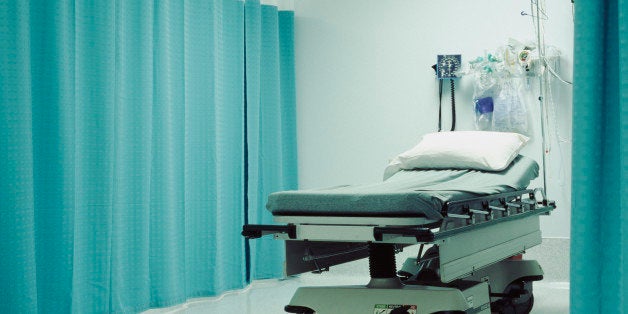
Checklists put into place by hospitals to prevent healthcare-associated infections are often not followed, according to a large new study. These kinds of infections kill around 100,000 people each year in the U.S.
And some hospitals don't even have checklists to prevent common hospital infections in the first place, found researchers from the Columbia University School of Nursing. One in 10 hospital intensive care units (ICUs) examined in the study didn't have a checklist in place for preventing central line-associated bloodstream infections, and one in four didn't have checklists in place for preventing ventilator-associated pneumonia.
Even for the hospitals that did have these checklists in place, the checklists were only followed half the time.
"Hospitals aren't following the rules they put in place themselves to keep patients safe," study researcher Patricia Stone, Ph.D., MPH, RN, FAAN, said in a statement. "Rules don't keep patients from dying unless they're enforced." Stone is a professor of health policy at the university who has contributed to Joint Commission healthcare-associated infection prevention guidelines.
For the study, published in the American Journal of Infection Control, researchers looked at infection-prevention policies at 1,635 intensive care units at 975 hospitals around the U.S. The researchers looked specifically at policies for preventing central line-associated bloodstream infections, ventilator-associated pneumonia and catheter-associated urinary tract infections.
The researchers found that just one-third of ICUs had some kind of electronic monitoring system for tracking policy compliance. And more than one-third of the hospitals examined had hired someone full-time to ensure compliance who was certified in infection prevention.
Checklists were more common for preventing some infections than others. For instance, more than 90 percent of the ICUs in the study had checklists for sterile insertion for central lines (catheters), though policies were only followed half the time, researchers found. When catheters aren't properly inserted, it can lead to bloodstream infections.
Meanwhile, three out of four ICUs had checklists for preventing ventilator-associated pneumonia, but again, the checklists were only followed about half the time.
Around one in three hospitals didn't have prevention policies for catheter-associated urinary tract infections, and the ones that did didn't follow the measures more than 70 percent of the time, researchers found.
Last year, a study in JAMA Internal Medicine showed that five of the biggest healthcare-associated infections cost $9.8 billion annually. Surgical site infections make up the biggest bulk of the costs.